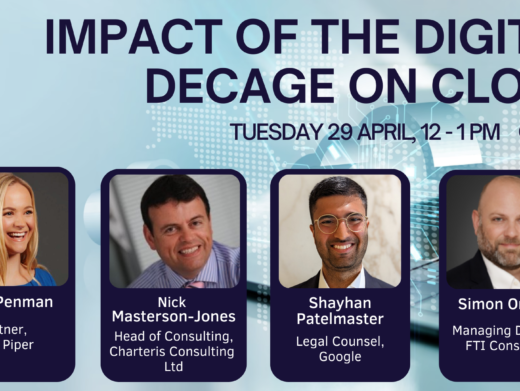The Norwegian Consumer Council has published a report about loot boxes. Alongside the report, over 20 consumer groups from 18 European countries are launching a coordinated action asking authorities to act.
Loot boxes are “mystery packages” of digital content in video games which consumers purchase with real money. The contents of loot boxes are randomised, containing in-game content which gives gamers advantages or cosmetic items to use in the game. Consumers do not know what they contain until they have paid for them.
Loot boxes have been the source of several controversies already. In the UK, there has been a select committee report, a UK government call for evidence, and the ASA has consulted on guidance for advertising loot boxes.
The Council says that it has established that the sale and presentation of loot boxes often involve exploiting consumers through predatory mechanisms, fostering addiction, targeting vulnerable consumer groups and more. It sets out the practices in the report, which include:
- Exploiting cognitive biases and vulnerabilities through deceptive design and marketing;
- Using layers of virtual currencies to mask or distort real-world monetary costs; and
- Targeting loot boxes and manipulative practices towards minors.
The report highlights that the video game industry is one of the largest entertainment industries in the world, more lucrative than box office movies and music sales. Worldwide, more than 2.8 billion consumers reportedly play video games on a regular basis, including children, teenagers, and adults. The industry has historically generated revenue largely from the sale of video games. Over the past two decades, in-game purchases – in-game sales of additional digital content – have become a major source of revenue for the industry, generating more than USD 15 billion in 2020.
Despite being a major industry, the video game sector has largely evaded regulatory scrutiny. Prevailing business models are technically complex or novel. Video games are considered a niche entertainment market by many regulatory authorities.
The report therefore says that due to the sheer size of the market and the number of affected consumers, national and EU authorities should prioritise regulatory investigations and interventions. It calls for a number of measures, including a ban on deceptive design, extra protections for minors, and transactional transparency.




